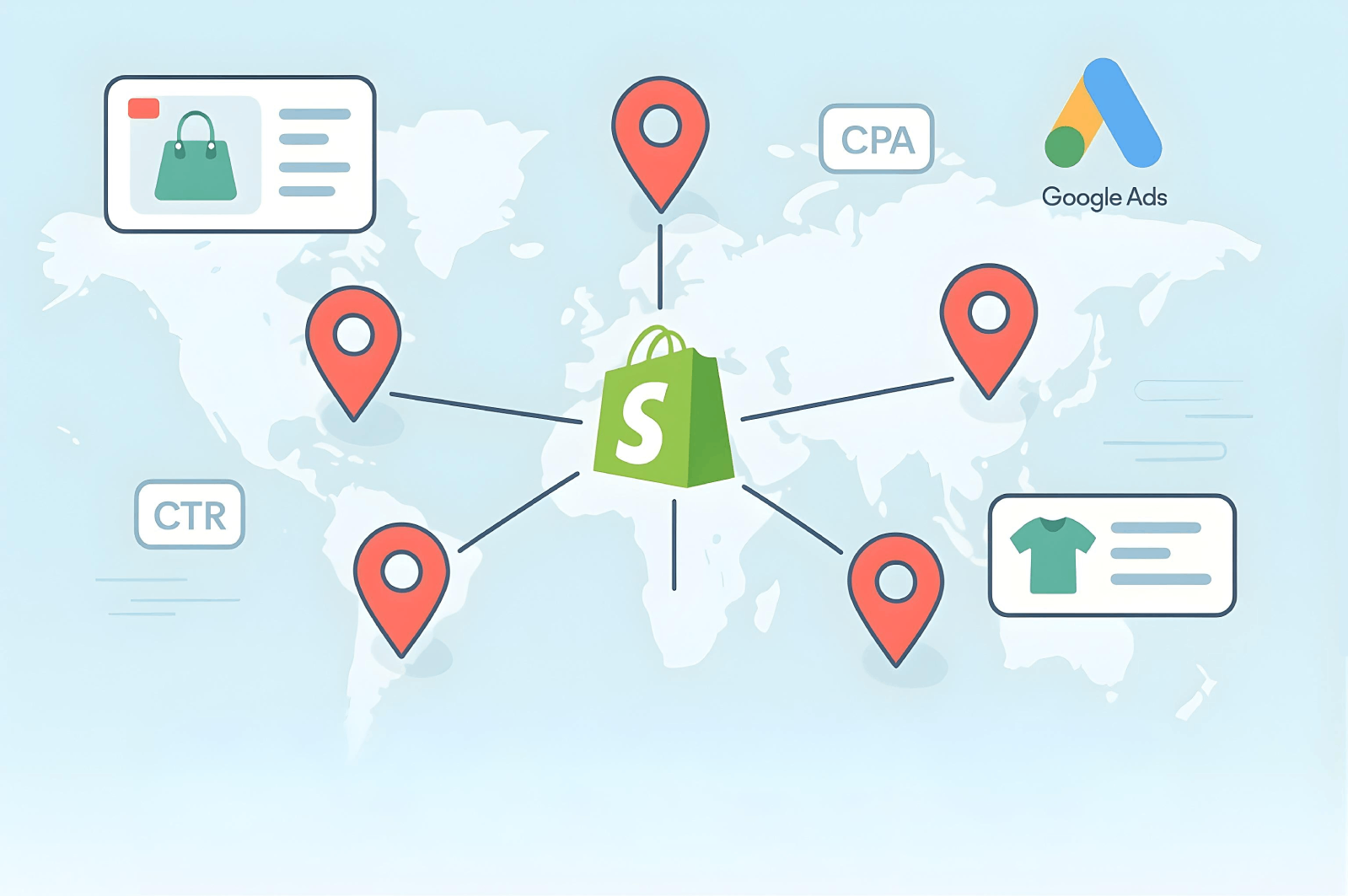To succeed, businesses are always looking for new ways to stand out. Most companies offer similar products or services, so differentiation in your advertising can be challenging.
One strategy our team recently discussed to manage this is brand inclusion and exclusion. This tool by Google helps businesses manage their online presence in a crowded market and legally advertise their products, leveraging brand recognition for effective marketing.
So how does it work?
Imagine you own a rug business. When a customer searches for a new rug, they might see your business and similar products in the search results. If you have a specific product, this can lead to confusion with competitor targeting campaigns.
This is where Google’s brand inclusion and exclusion lists come in. They provide a way to manage these scenarios.
What are Brand Inclusion and Exclusion?
Brand inclusion and exclusion are automated features in the Google ad platform. These lists can be created in the shared library so businesses can include or exclude specific brands in their campaigns. Advertisers must adhere to guidelines and responsibilities to ensure their ads are effective and comply with content restrictions and legal regulations.
For well-known brands, the system will instantly recognize the brand. For lesser known brands a review process may be required.
These can be used across different campaign types such as search, video, display, and dynamic remarketing.
Brand exclusion is particularly useful in Performance Max (PMAX) campaigns where businesses can exclude specific brands from their campaigns to maintain brand integrity and relevance.
Brand Inclusion
Brand inclusion works well with high-volume accounts, especially in e-commerce. Adhering to advertising policies and guidelines is crucial when launching a new product. Including competitor brands in the campaign can help businesses associate their new product with existing ones and potentially capture some of the market.
This requires a deep dive into competitor products and strategic use of negative keywords to fine-tune the targeting.
Brand Exclusion
On the other hand, brand exclusion is good for business brand integrity. For example, a client offering high-end van conversion services. By using brand exclusion they avoided showing up in searches for RVs and motorhomes that weren’t aligned with their premium brand.
By excluding those unrelated brands they ensured their ads only show up in relevant searches.
Advertising Challenges and Solutions
Brand inclusion and exclusion come with challenges. Because these are new features the algorithms aren’t perfect yet. The Google Ads mobile app allows users to monitor and manage their advertising campaigns in real time, facilitating quick updates and providing insights while on the go.
Initial campaign launches can sometimes show no traction. One solution is to launch the campaign without exclusions and add them later once there is some metric history which will help maintain the desired campaign performance.
Strategic Considerations
Strategic thinking is key when deciding between brand inclusion and exclusion. Businesses need to consider whether targeting competitor searches will convert or will be wasted ad spend. Context and approach truly matter in achieving success, and testing is necessary to determine the profitability of targeting competitive terms.
Google’s brand inclusion and exclusion tools are powerful tools for businesses to optimize their digital marketing. By using them wisely businesses can get more visibility and maintain brand integrity. If you’re struggling to navigate these tools get in touch!





